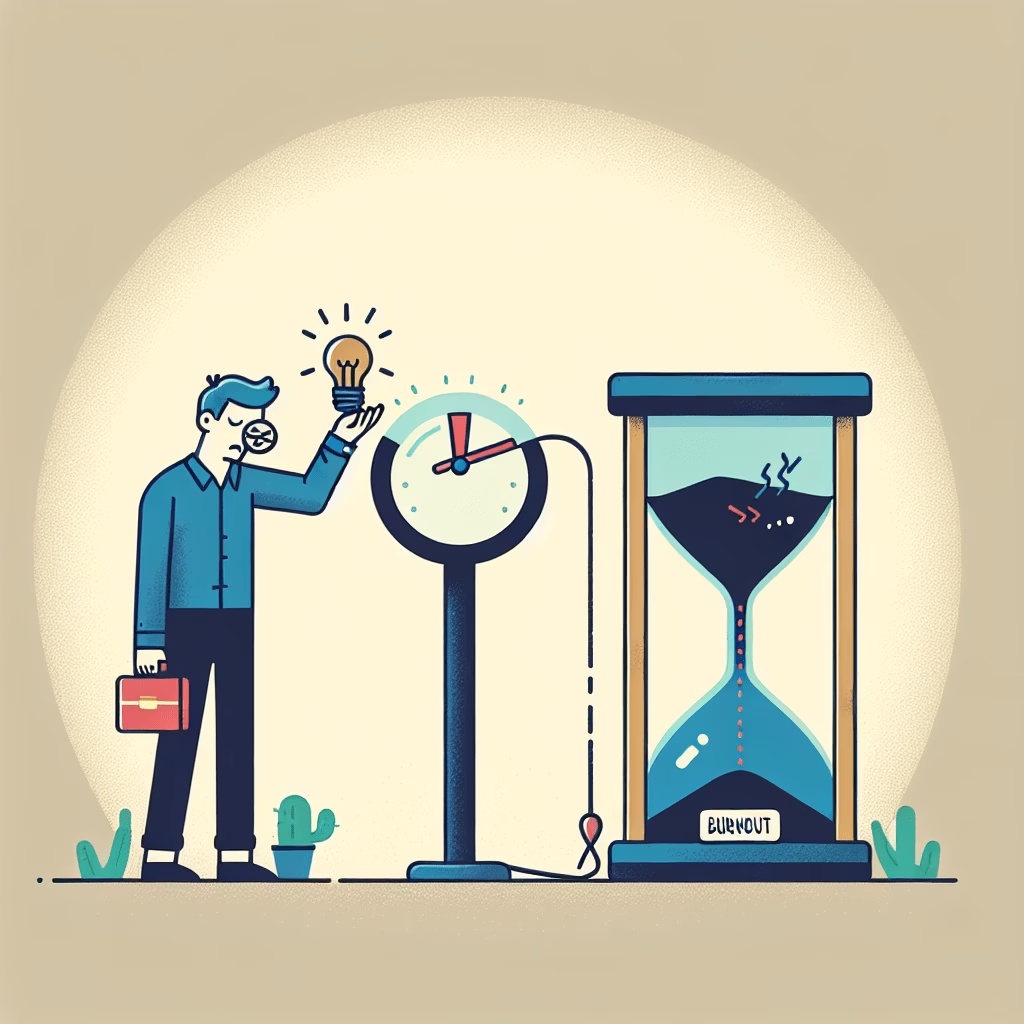Understanding Burnout in Product Management
In the fast-paced world of product management, burnout has become an increasingly pressing concern. Defined by the World Health Organization (WHO) as a syndrome resulting from chronic workplace stress that has not been successfully managed, burnout is more than just an occasional feeling of exhaustion. It manifests as prolonged emotional, physical, and mental exhaustion, leading to decreased productivity and increased cynicism towards one’s job.
For product managers, the path to burnout often involves juggling numerous responsibilities, accommodating competing priorities, and maintaining constant communication across teams. This relentless pace can take a toll on even the most dedicated professionals.
Case Study: The Unseen Toll of Burnout
Consider the case of Busra Coskuner, a Product Coach and Advisor. Her journey through burnout began with a pattern of overcommitment. She felt compelled to say ‘yes’ to every request, staying long hours and allowing work to consume her thoughts even during personal time. “I was constantly thinking about work, even when on vacation,” Busra recalls. The mental strain culminated in an emotional breakdown at the office, a stark reminder of how burnout can sneak up unnoticed.
Similarly, Nick Jemetta, an AI Product Coach, experienced burnout in 2021. “The signs were subtle yet obvious in retrospect,” he reflects. Longer work hours, poor sleep, irritability, and physical symptoms like headaches and chest pains were all part of his experience. It wasn’t until these symptoms became unmanageable that he sought help.
Identifying the Triggers of Burnout
Burnout doesn’t occur overnight; it results from various stressors over time. In product management, these stressors often include:
- High expectations and pressure to deliver innovative solutions.
- Continuous involvement in discussions and decision-making processes.
- Lack of autonomy and resources to address challenges effectively.
- Inadequate support from leadership, leading to unrealistic demands.
Busra highlights that burnout is both an individual and organizational failure. The absence of supportive structures and the pressure to meet ambitious goals without adequate resources create a “perfect storm” for burnout.
The Role of Leadership in Preventing Burnout
Preventing burnout requires a proactive approach from both individuals and organizations. Leaders play a crucial role in establishing a work environment that prioritizes mental health and well-being. Here are some strategies:
- Foster Open Communication: Encourage team members to share their concerns and feelings. This can be facilitated through regular check-ins, anonymous surveys, or team meetings where psychological safety is prioritized.
- Set Clear Boundaries: Leaders should model and support the establishment of boundaries, ensuring that work does not encroach on personal time. This includes respecting time off and promoting a healthy work-life balance.
- Provide Autonomy and Resources: Empower product managers by giving them the autonomy to make decisions and the resources necessary to implement solutions effectively.
Building Resilience: Practical Tips for Individuals
Individuals can also take steps to protect themselves from burnout. Nick Jemetta offers several practical tips:
- Establish Non-Negotiables: Set firm boundaries for personal well-being, such as ensuring a minimum of seven hours of sleep per night and regular exercise.
- Manage Energy and Time: Take control of your schedule by adjusting meetings to suit your needs, such as opting for walking meetings or shortening meeting durations.
- Prioritize Rest: Recognize the importance of taking breaks. As Busra advises, sometimes stepping away from work for a proper break is crucial for long-term productivity.
Creating a Mentally Healthy Product Culture
A mentally healthy product culture is one where individuals are excited to work, not anxious. It involves creating an environment that values both outcomes and people, where communication is open, and feedback is constructive.
Organizations should aim for a culture of psychological safety where teams can collaboratively solve problems with a discovery-first mindset. This involves aligning product strategies with realistic goals and ensuring that well-being is a core component of the organizational strategy.
For further insights into creating a supportive work culture, you can explore the Product and UX Design Blog for additional resources and strategies.
Conclusion: Addressing Burnout as a Systemic Issue
Burnout is not a personal failing but a systemic issue that requires collective action. By recognizing the signs early, fostering supportive work environments, and prioritizing mental health, both individuals and organizations can combat burnout effectively. As we continue to navigate the challenges of modern work, addressing burnout must remain a priority for product managers and leaders alike.
For more strategies on managing workplace stress and promoting mental health, consider visiting resources like Mind’s Mental Health at Work.

